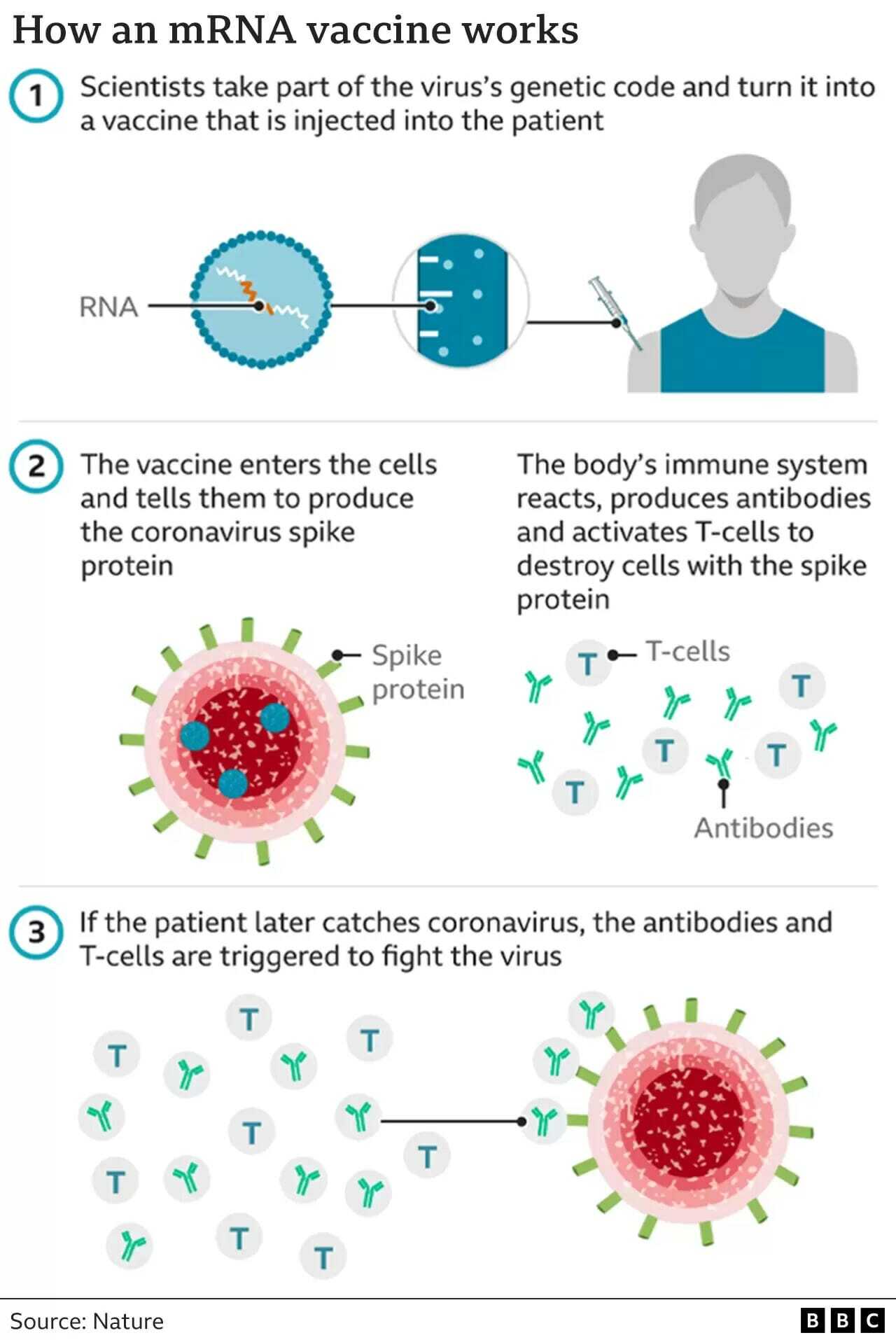Insights into mRNA
Messenger RNA (mRNA) is a crucial molecule in the field of molecular biology and genetics. It plays a fundamental role in the flow of genetic information from DNA to protein synthesis. Here’s a detailed overview of mRNA, including its history, mechanism, and its use in treating illnesses:
1. mRNA: An Introduction
Messenger RNA, often abbreviated as mRNA, is a single-stranded RNA molecule that serves as a messenger between the genetic information encoded in DNA and the proteins synthesized within a cell. It carries the genetic code from the cell nucleus to the ribosomes, the cellular machinery responsible for protein synthesis.
2. Historical Development of mRNA:
The history of mRNA research and its practical applications date back several decades:
- Discovery of mRNA: The concept of mRNA emerged in the mid-20th century as scientists realized that an intermediary molecule must exist between DNA and protein synthesis. François Jacob and Jacques Monod, in their work on gene regulation, proposed the existence of such an intermediate molecule in 1961.
- Discovery of Transcription: The process of transcription, where a DNA sequence is transcribed into RNA, was discovered in the late 1960s by researchers like Sydney Brenner and François Jacob.
- mRNA as Genetic Code Carrier: In the 1960s and 1970s, scientists, including Marshall Nirenberg and Har Gobind Khorana, cracked the genetic code, showing that specific sequences of mRNA codons correspond to specific amino acids in protein synthesis.
- In vitro Transcription: In 1984, researchers succeeded in synthesizing mRNA in the laboratory through a process called in vitro transcription, a significant milestone in the development of mRNA-based technologies.
- mRNA Vaccines: The concept of using mRNA as a tool for vaccines was proposed decades ago but became practical in recent years, culminating in the development and emergency authorization of COVID-19 mRNA vaccines in 2020.
3. Mechanism of mRNA:
The central role of mRNA in protein synthesis involves several steps:
- Transcription: In the cell nucleus, DNA is transcribed into a complementary mRNA molecule by the enzyme RNA polymerase. This process involves unwinding the DNA double helix and using one strand as a template for mRNA synthesis.
- RNA Processing: The newly synthesized mRNA undergoes several modifications, including the addition of a 5′ cap and a poly-A tail, as well as splicing to remove non-coding introns.
- Transport: The mature mRNA molecule is transported from the nucleus to the cytoplasm, where ribosomes are located.
- Translation: At the ribosomes, mRNA is “read” in sets of three nucleotide sequences called codons. Each codon codes for a specific amino acid, which is brought to the ribosome by transfer RNA (tRNA) molecules. The ribosome assembles amino acids in the correct order to form a protein.
4. mRNA in Disease Treatment:
mRNA technology has opened up exciting possibilities in treating various diseases:
- Vaccines: mRNA vaccines, such as the Pfizer-BioNTech and Moderna COVID-19 vaccines, represent a groundbreaking approach to vaccination. They work by introducing a small piece of mRNA encoding a viral spike protein into the body. The immune system recognizes this foreign protein as a threat and generates an immune response, including the production of antibodies.
- Cancer Immunotherapy: mRNA-based vaccines and therapies are being explored for the treatment of cancer. These vaccines can stimulate the immune system to target cancer cells specifically.
- Infectious Diseases: Beyond COVID-19, mRNA technology is being researched for other infectious diseases like influenza and Zika virus. It offers the advantage of rapid vaccine development and production in response to emerging threats.
- Other Therapies: mRNA has potential applications in various therapeutic areas, including genetic disorders, rare diseases, and regenerative medicine.
In summary, mRNA is a crucial molecule with a rich history in molecular biology. It serves as the bridge between DNA and protein synthesis and has recently gained prominence in vaccine development and disease treatment due to its ability to instruct cells to produce specific proteins, including antigens for the immune system to target. The rapid progress in mRNA technology opens the door to exciting possibilities in medicine and biotechnology.







